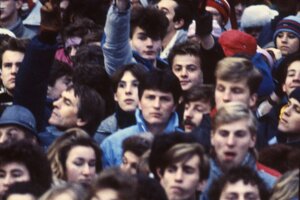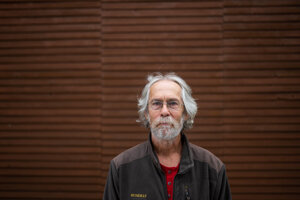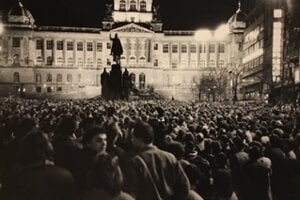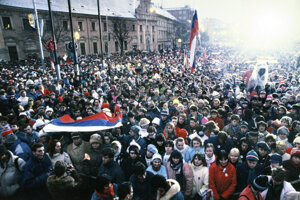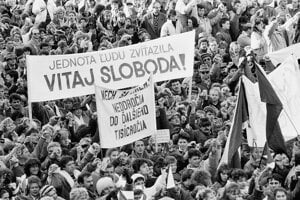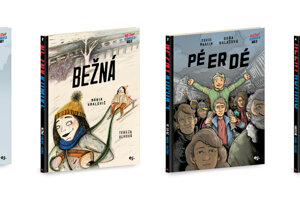Topic

Items in shopping cart: View
- 1. Layoffs continue, possibly hundreds of AT&T jobs may be at risk
- 2. IBM to lay off hundreds in Bratislava
- 3. No other monument in Bratislava like this, its future uncertain
- 4. Romanian coffee chain announces big plans in Slovakia
- 5. In Bratislava, a ship-like art gallery on the Danube gives you a full-spectrum experience
- 6. News digest: Andrej Danko as Speaker? Pellegrini's Hlas does not share PM's view
- 7. Navigating the future of work
- 8. Last Week: Fico does right by Ukraine, for once
- 9. Foreigners can vote in EP election in Slovakia, must submit application first
- 10. Trying to revive culture in Petržalka, gallery returns to terrace
- 1. Last Week: Fico does right by Ukraine, for once
- 2. How to start Slovak family history research
- 3. Pellegrini is a farce of Trump
- 4. Romanian coffee chain announces big plans in Slovakia
- 5. Layoffs continue, possibly hundreds of AT&T jobs may be at risk
- 6. IBM to lay off hundreds in Bratislava
- 7. No other monument in Bratislava like this, its future uncertain
- 8. Top 10 events in Bratislava for foreigners
- 9. How a Slovak doctor helped a small Kenyan hospital
- 10. 10 projects that are changing the face of Bratislava
- 1. IBM to lay off hundreds in Bratislava
- 2. How to start Slovak family history research
- 3. Speaking clearly
- 4. Last Week: Fico does right by Ukraine, for once
- 5. Pellegrini is a farce of Trump
- 6. Slovak Matters: I don't eat skirts, and other language mishaps
- 7. Romanian coffee chain announces big plans in Slovakia
- 8. 10 projects that are changing the face of Bratislava
- 9. UPDATED: Anti-Ukrainian billboards pop up in Slovakia
- 10. No other monument in Bratislava like this, its future uncertain

